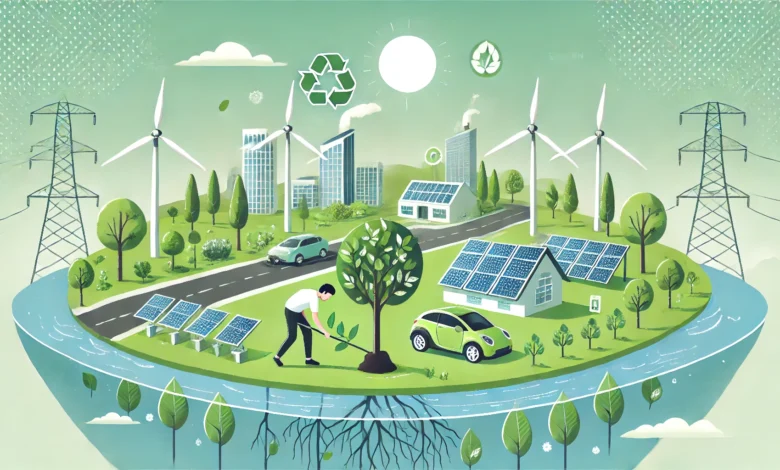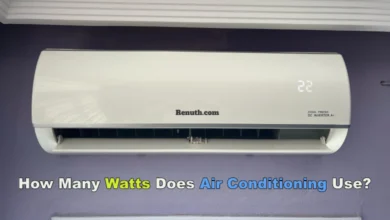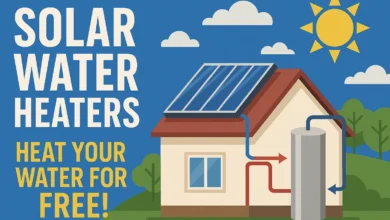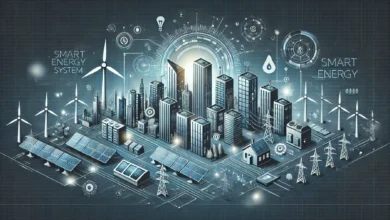How to Reduce Your Carbon Footprint with Green Energy?

Every single action that we take has an effect somewhere on the planet and much of that effect is described as our carbon footprint. With world focus firmly on climate change, many people are looking for practical, tangible ways to reduce their carbon emissions. Many of them might not realize that switching to green energy is one of the best tools they could potentially use. Understanding how to reduce your carbon footprint through smarter energy choices can lead to meaningful change for the environment. In this article, we promise to give you a greater understanding of how green energy can help reduce your carbon footprints, the best sources to focus on and what actions you could take today to help.
Contents
- 1 What is a Carbon Footprint?
- 2 Why Use Green Energy to Reduce Carbon Emissions?
- 3 Top Green Energy Source Options to Shrink Your Carbon Footprint
- 4 What You Can Do to Start Using Green Energy
- 5 Additional Ways to Reduce Your Carbon Footprint
- 6 Common Points of Confusion About Green Energy and Carbon Reduction
- 7 Short Comparison of Green Energy with Fossil Fuels
- 8 Frequently Asked Questions (FAQ)
What is a Carbon Footprint?
The term carbon footprint describes the total greenhouse gases (including, primarily, carbon dioxide) emitted into the atmosphere as a result of human activities. Our carbon footprint includes everything from home energy use, the transportation choices we make, and much more!
Reducing our carbon footprint has never been more important than it is today. If we want to slow down the effects of global warming and ensure generations to come have a planet to live sustainably on we will need to act.
Why Use Green Energy to Reduce Carbon Emissions?
Green energy is energy derived from natural processes that are continuously replenished. Green energy comes from renewable natural sources, which will not run out from our use. Green energy also has little to no carbon emissions compared to conventional energy sources. Fossil fuels for example produce large amounts of carbon emissions and thus they are not green energy.
Switching to green energy is not just an act of symbolism – it will lower the carbon load on the atmosphere significantly. A good example is a medium-sized home using solar to power their home (instead of coal-powered electricity) can eliminate almost 4 tons of carbon emissions annually.
Top Green Energy Source Options to Shrink Your Carbon Footprint
Solar
Solar panels rely on sunlight to create electricity, and have no emissions associated with their generation. Because they’re so scalable, startups can choose from small rooftop installations or solar farms.
Wind
Wind turbines generate electricity by capturing the kinetic energy from the movement of air. Large wind farms are now providing renewable energy to millions of homes – one of the options and ideas we talk about in our article on How Does Wind Energy Work?.
Hydropower
Hydropower depends on moving water to generate electricity, and remains an important renewable energy source. It’s worth noting that large dams may alter local ecosystems — read more about this in our guide on Hydropower Pros and Cons.
Geothermal
Geothermal energy uses the internal heat of the earth to produce electricity and/or direct heating. Because it provides baseload power and uses very little land, it can be an important way to contribute renewables to the energy mix. We discuss geothermal specifically in Geothermal Energy Pros and Cons.
What You Can Do to Start Using Green Energy
- Buy Solar Panels: Even a tiny solar array can cut your emissions associated with electricity by more than 50%.
- Choose a Green Energy Supplier: Lots of electricity companies will have plans available that are 100% renewable energy.
- Buy Energy Efficient Appliances: If you are upgrading, look for Energy Star appliances that use less electricity.
- Sign up for a Community Solar Program: Many areas have a community solar program if you cannot put solar panels on your roof.
- Utilize Smart Home Technology: Smart thermostats and energy management systems can optimize your electricity use.
Additional Ways to Reduce Your Carbon Footprint
- Switch to an Electric Vehicle (EV): Transport is a major emitter; EVs can drastically cut emissions when powered by green energy.
- Buy Local: Reduces emissions from transport and supports local economies.
- Increase Your Home Insulation: Reduces the energy needed for heating and cooling.
Common Points of Confusion About Green Energy and Carbon Reduction
- “Green energy is too expensive”: Today, solar and wind are often cheaper than coal or gas in many areas.
- “My actions don’t make a difference”: Small changes across millions of people have a huge cumulative effect.
- “There’s no reliability with green energy”: Storage technologies like Tesla’s Powerwall are making renewables highly reliable.
Short Comparison of Green Energy with Fossil Fuels
| Feature | Green Energy | Fossil Fuels |
|---|---|---|
| Carbon Emissions | Very Low | Very High |
| Availability of Resource | Renewable | Finite |
| Environmental Impact | Minimal | Severe |
| Cost Trends | Decreasing | Increasing |
Frequently Asked Questions (FAQ)
Can going to green energy make a difference?
Yes! Just one household switching to renewable energy can offset several tons of CO₂ emissions per year.
What type of green energy is the most efficient for homes?
Solar is the most common and effective source for individual households.
Can I make 100% green energy in my home?
Yes. With rooftop solar, green utility programs, and smart home strategies, it is very achievable.
Are there government incentives available for green energy?
Many areas offer tax credits, rebates, or feed-in tariffs for installing renewable energy systems.
How much can you save by switching to green energy?
Homeowners can save between $10,000–$30,000 over the system’s lifetime, depending on location and system size.
As you come to learn about reducing your carbon footprint with green energy, it helps the planet and also contributes to a healthier and more sustainable future for you and generations to come.
It’s time to make real, smart and responsible choices, and to power your life with energy that makes sense.



